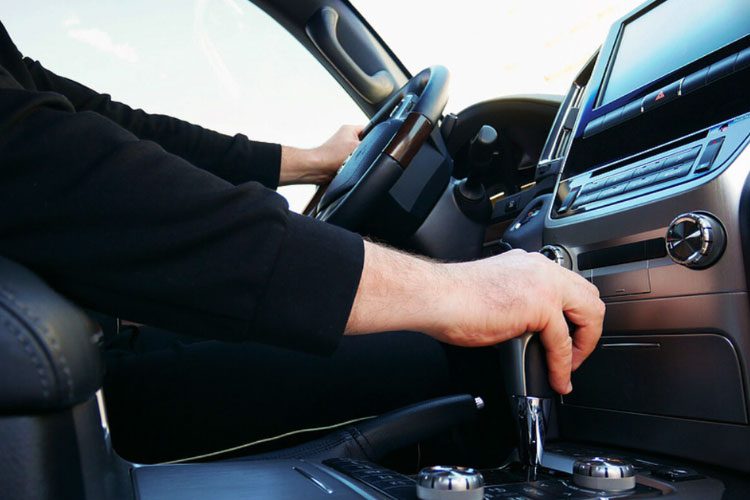Car Shakes When Put in Reverse: 9 Major Causes With Solution!
Shaking your car while put in reverse is a common issue among others. It may appear after a long time or a rough drive.
So, what are the causes of car shakes when put in reverse? The most common cause is a damaged or faulty engine mount or transmission mount. It also can happen while the transmission oil is low and the oil seal is hard or clogged in the filter. Low RPM can create this situation as well.
That’s not the end, there are other reasons, too. In this guide, we will discuss some most common reasons for the problems and show how you can resolve the issues.
Why does the Car Shake When Put in Reverse?
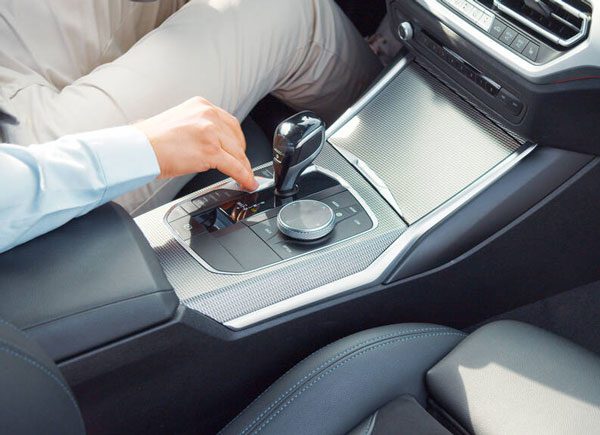
Here some causes are given why you are facing the problems and their solutions.
Cause 1: Problem with the Engine Mount
One of the common causes of car vibration when put in fevers is a faulty or damaged mount. It could also be for the rubber mount.
While reversing or pressing the brake paddle, the mount can not handle the jerk. In the case of a rubber mount, a similar fact happens. A damaged rubber mount causes an imbalance in the motor, creating a jerk.
Thus the jerk of the engine transmits to the other parts and causes the car to shake while put in reverse.
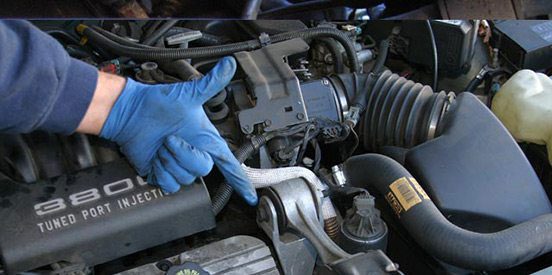
Solution
First, the mechanic will detect the damaged mount. After finding the damaged one, you could either fix it if possible. Otherwise, you need to replace the transmission mount. To replace it, you must buy an engine mount according to the right size.
Cause 2: Problem in the Transmission
The transmission box stays firm because of the proper mount installation. If the transmission mount is loose or damaged, the gearbox will frequently shake and transmit vibration to the engine parts. For this, while putting the car into reverse, it will shake.
If the rubber transmission mount leaks, the transmission oil will leak continuously. It will hamper producing correct pressure and cause continuous friction in the gearbox.
Low and dirty transmission fluid also creates problems while turning reverse. If there is a low transmission fluid level, the engine crankshaft will reduce its working capacity.
Also, there will be less pressure in transmission due to the low level of fluid. Due to a sudden reverse, the transmission does not work properly and causes shaking of the car.
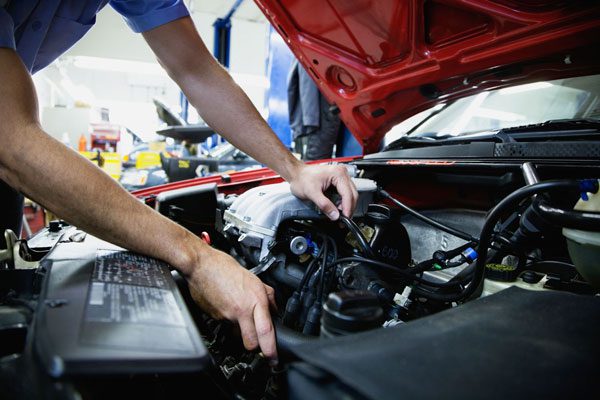
Solution
- Check the transmission oil level with a dipstick. If the level is low, add new oil after draining the previous one.
- Check if the engine mount is loose. Tighten it if it is loosened
- You might need to replace any parts of the transmission if damaged. Or, you may even replace the entire transmission system in the worst case. Replacing the transmission will be expensive and can range from $1000 to $3500 or more.
Cause 3: Blockage in Transmission Oil Filter
Transmission oil can get dirty easily. The transmission filter helps to remove the dirt. While doing so for a long time, that dirt can cause blockage in the oil filter. Then it will not allow producing accurate pressure, and that causes friction and jerk when put in reverse.
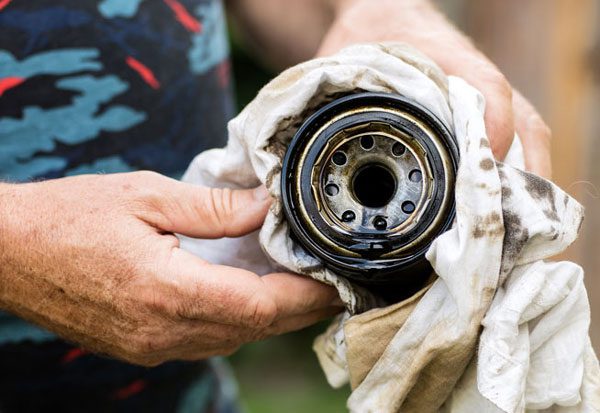
Solution
If the oil filter is clogged, you need to change it by following the steps here.
- Step 1. Place a drain pan and drain the transmission fluid from the gearbox
- Step 2. Then remove the bolts and separate the pan
- Step 3. Remove the old filter.
- Step 4. Clean the pan and magnet inside it
- Step 5. Push the new filter into place and secure it with two bolts
- Step 6. Install the pan and screw all the bolts
- Step 7. Using a small funnel, you need to fill the gearbox with new transmission fluid.
Cause 4: Low RPM
Low RPM causes car engine power loss and related problems like fuel timing and shaking when put in reverse. And low RPM mainly occurs for idle air control valve blockage or damage.
Solution
The only solution is to replace the worn-out IAC valve. A professional mechanic can do it perfectly. Or you can it with basic automotive knowledge.
This video will give an idea about how to change the IAC valve.
Cause 5: Faulty Clutch
The clutch helps to protect the engine by disengaging the wheels. If a clutch is faulty, the effect will directly hit the engine. That can cause vibration while in reverse mode. Also, a faulty clutch can create problems while accelerating.
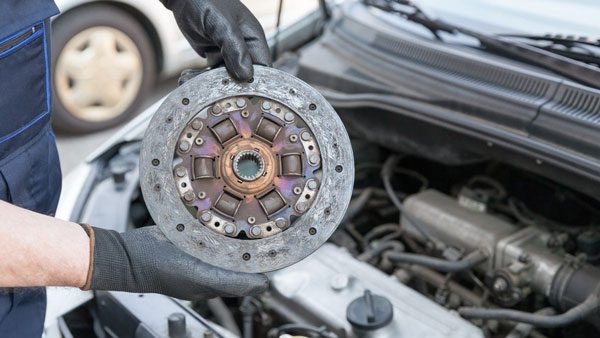
Solution
- If the clutch cable is worn-out, you can resolve the issue by replacing the wires.
- In case of a damaged clutch, you have to replace the entire clutch.
Clutch changing is not an easy task. You need an expert or professional otherwise, there can be severe mistakes while changing it.
Cause 6: Tire-Related Problem
If the tire is not filled with enough pop air or is damaged, it can not create friction with the surface. As a result, while you take your car into reverse, it will shake.
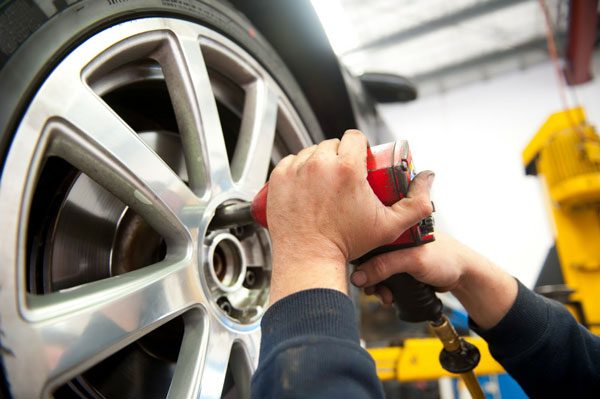
Solution
- Fill the tires with air properly. If the tire is damaged or has leakage, replace it.
Cause 7: Suspension Component-Related Problem
If the suspension compartment or part of it does not fit well, the car will shake in reverse.
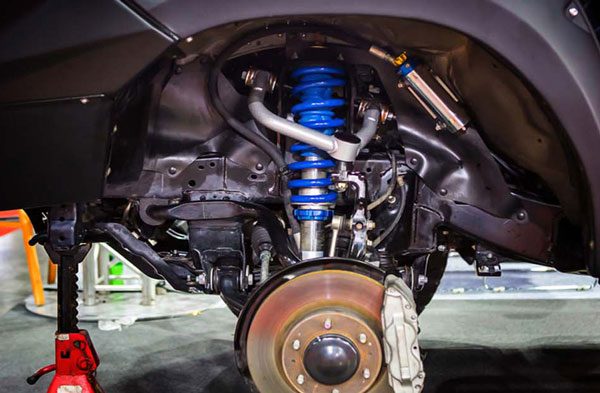
Solution
If any damage is found or it does not fit properly, you need to fit it or change the parts.
Cause 8: Problem in the Drive Shaft
The drive shaft distributes engine torque in the tires. If it is damaged, loose, or symptoms of a bad drive shaft are found, there will not be proper torque distribution and cause a car to jerk.
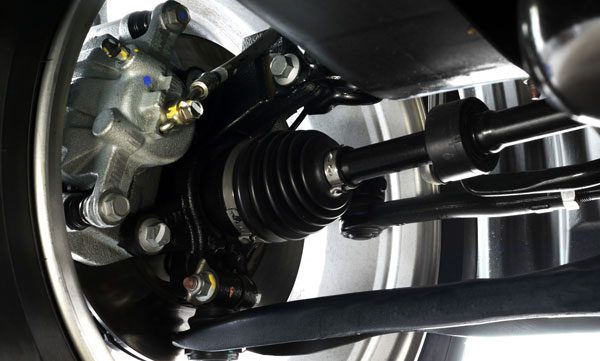
Solution
If the drive shaft is loose, rearrange the whole system. If you find out that it is not working or damage is present, replace it.
Cause 9: Problem in Transmission Oil Seal
The oil seal helps to seal the oil and prevent leakage. But if the transmission oil seal or gearbox oil seal becomes hard, it will not work properly and cause leakage. The pressure distribution will be imbalanced and cause shaking of the car when it’s put in reverse.
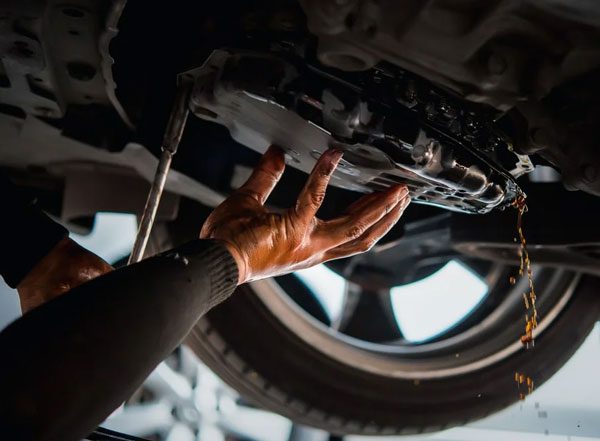
Solution
There are some steps to follow,
- Step 1. First, you need to find out the leakage
- Step 2. Then go up and reach the oil seal
- Step 3. Unscrew the bolts
- Step 4. You can drill it for a few seconds to unscrew it easily. After removing the bolt, the oil seal will come out easily
- Step 5. Now match the size and shape of the old seal with the new one
- Step 6. Clean the surface
- Step 7. Then apply some grease to it
- Step 8. Fit the new one into the surface and screw it
Overall, proper and regular maintenance of the car can keep you away from these kinds of problems. If you are not maintaining it regularly, the damage will cost more.

FAQs
These are some commonly asked questions by people about this topic.
No, it is not normal for your car to shake when you put it in drive. There must be problems like poor connection of wires or loosen bolts and worn-out engine or transmission mount.
You should stop driving if your car is shaking. But you can continue driving if it stops shaking. If it is shaking frequently then stop immediately and go for repair.
Your car shakes back and forth when you put it in the park because of damage to the engine or transmission mount. As the engine is not fixed in a damaged mount, it will shake while you are going to start it or while parking.
Conclusion
The car shakes when put in reverse even for a loose screw in the transmission or engine parts. The problems mainly arise when the engine or transmission mount is damaged or unable to hold them in a fixed position. A damaged drive shaft will not cooperate with you while driving.
Also, any leakage or blockage can decrease RPM and cause shaking. So, the problems are numerous. To stop all the problems, servicing your car regularly is important. It is better to prevent problems rather than solve them after facing them.

